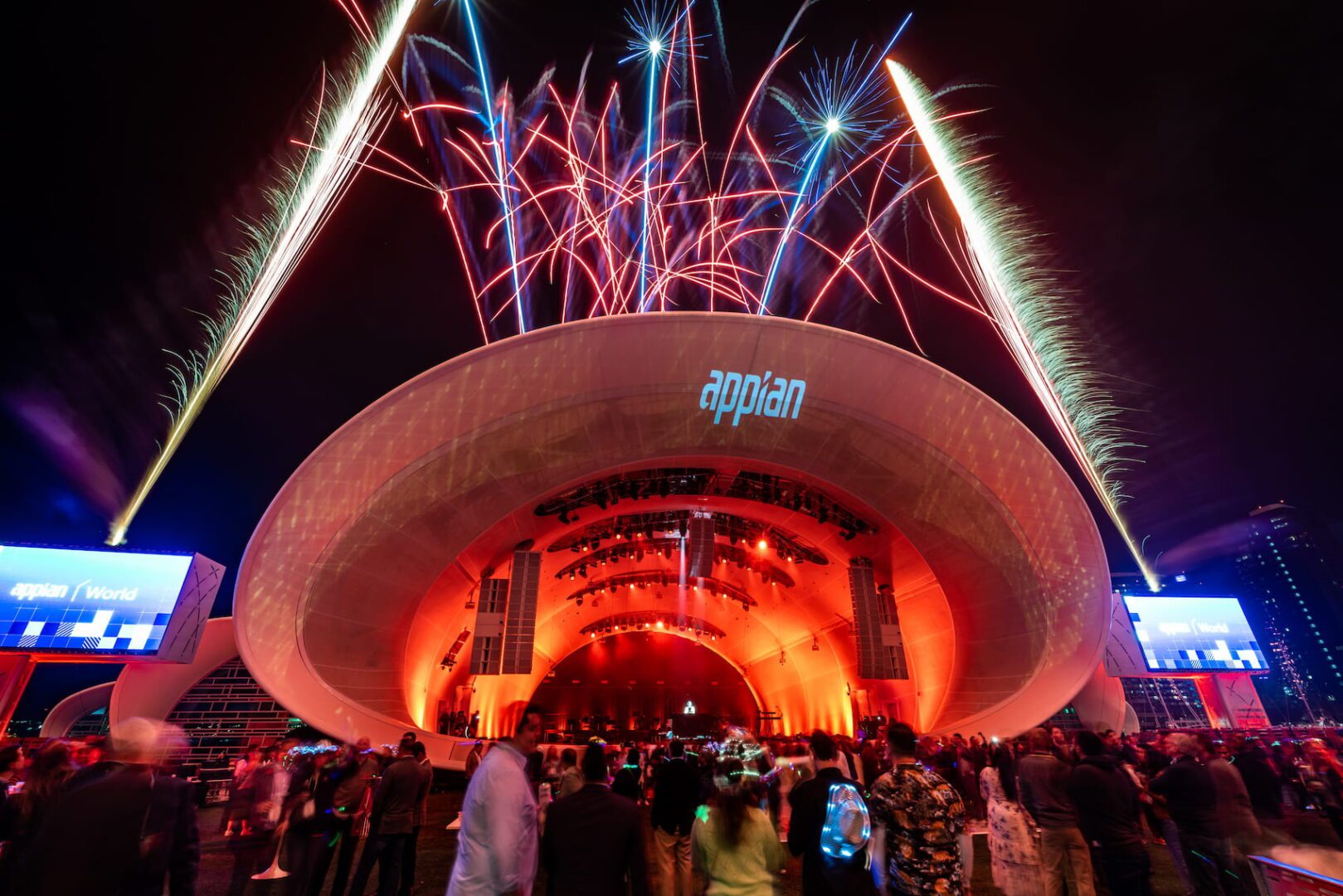Essential Strategies for Maximizing the Durability of Your Light Emitting Diode Wall
Wiki Article
LED walls are growing increasingly widely used for various purposes, from advertising to entertainment. To guarantee that these displays operate efficiently over time, it is crucial to implement strategies that extend their durability. Understanding the elements that influence the durability of Light Emitting Diode walls can assist operators maintain their functionality and prevent unneeded replacements.
One of the main factors that can extend the durability of an Light Emitting Diode wall is appropriate setup. It is crucial to have a professional crew handle the setup process to ensure all parts are properly connected. Poor installation can result in power issues or physical damage. Additionally, the placement of the Light Emitting Diode screen should consider environmental conditions such as sunlight exposure and humidity levels. A properly set up display in a proper site will minimize the risk of damage caused by outside factors.

Regular upkeep is a further key tactic to extend the lifespan of an Light Emitting Diode wall. This includes routine checks to monitor for any signs of wear or failure. Dirt and debris can accumulate on the top of the Light Emitting Diode screens, affecting brightness and hue quality. Wiping the displays with appropriate materials will help keep ideal clarity. It is also essential to monitor the electronics behind the screen, making sure that all links are tight and that there are no overheating issues, which can significantly shorten the durability of the parts.
Electrical control plays a vital role in enhancing the longevity of an LED screen. Over-voltage or unstable electricity supply can harm the internal circuitry. To prevent this, using a high-quality electric supply and putting in place overvoltage protection measures is advisable. Additionally, setting the display to operate at reduced luminosity levels when article intense brightness is not necessary can reduce wear on the LEDs. This not only extends the durability of the screen but also saves power, making it a economical option.
In addition, program management can influence the performance of LED walls. Regularly updating the program that operates the screen guarantees that it operates smoothly and includes any essential safety patches. Old software can lead to performance issues and may expose the setup to risks. Proper timing of programming can also assist with overseeing the demand of the screen, permitting it to rest during non-peak hours, which can contribute to a longer lifespan.
In conclusion, maximizing the durability of an Light Emitting Diode wall involves a combination of appropriate setup, regular maintenance, efficient power management, and diligent program management. By focusing on these critical strategies, users can guarantee that their Light Emitting Diode displays stay functional and visually pleasing for many years. Implementing proactive measures will not only improve the performance of the LED screen but also offer a better yield on investment over time.